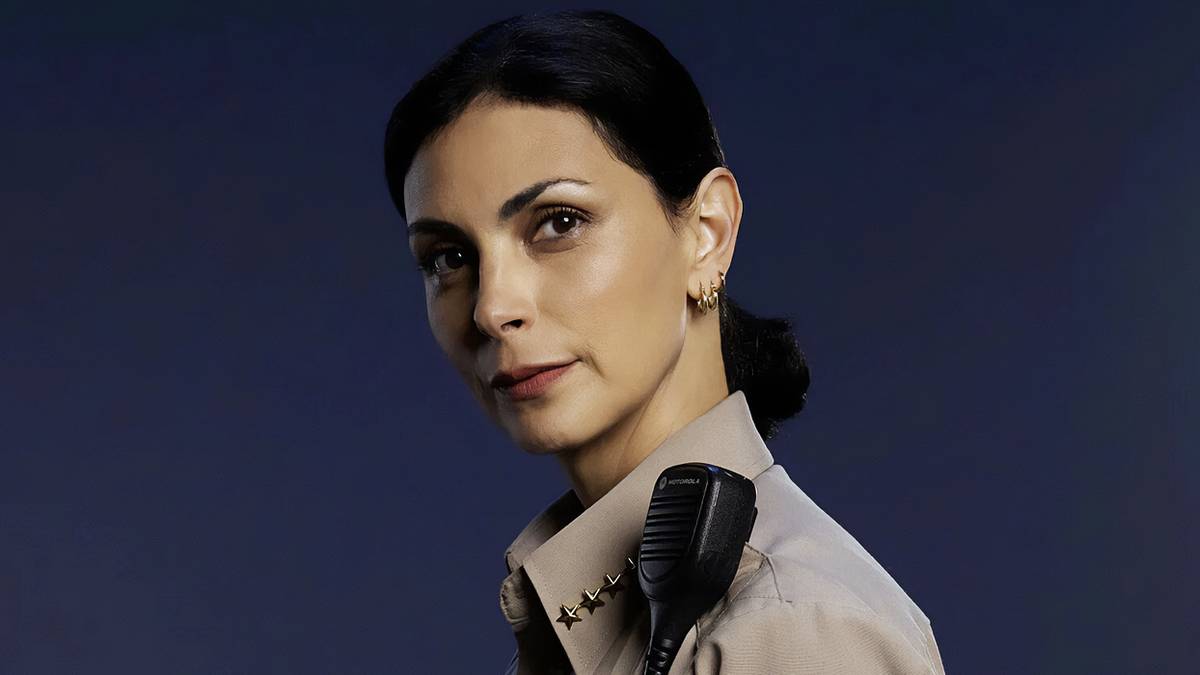Taylor Swift's New Album Unveils 'Eldest Daughter Syndrome': 12 Expert-Backed Signs Revealed!

The concept of 'Eldest Daughter Syndrome' has gained significant traction, popularized by both viral TikTok discussions and even a poignant song on Taylor Swift’s latest album, The Life Of A Showgirl. While not an official clinical diagnosis found in the Diagnostic and Statistical Manual of Mental Disorders (DSM-5), this phrase effectively articulates the unique pressures, responsibilities, and emotional labor often placed upon the oldest daughter in a family. According to Kati Morton, LMFT, a licensed marriage and family therapist, eldest daughters frequently take on a disproportionate share of household chores and emotional support for their siblings, often falling into a 'parentified' role. This recognition helps many oldest children validate the stressful feelings they experienced during childhood and beyond.
Birth order, though subject to stereotypes, undeniably influences a child’s development. Traditional views suggest eldest siblings are often responsible, anxious, and high-achieving, while middle children can be rebellious, and youngest children are charming and outgoing. Marianna Strongin, PsyD, a licensed clinical psychologist, notes that first-time parents typically raise their eldest children with heightened attentiveness and protection, often coupled with elevated expectations. Eldest children are frequently encouraged to set a positive example for younger siblings, leading to increased stress and a sense of responsibility for their siblings' well-being. This high standard can also instill a fear of failure, driving immense pressure to succeed academically, financially, and professionally, as explained by Morton. In contrast, younger siblings often experience more freedom, fostering creativity and independence, while middle children may feel overlooked as parents tend to loosen their strictness with subsequent children, sometimes leading to resentment from the eldest.
Eldest Daughter Syndrome manifests in various ways, often characterized by a distinct set of behaviors and feelings. Experts identify signs such as feeling overly responsible for others, exhibiting people-pleasing tendencies, experiencing high anxiety and worry, and seeking external validation. Other indicators include resentment towards siblings or parents, difficulty establishing and maintaining personal boundaries, a ‘type-A’ personality driven by overachievement, and persistent feelings of guilt. Eldest daughters may also recall taking on a larger share of household duties during childhood, fearing repercussions for breaking rules, and feeling pressure to achieve traditional markers of success, such as marriage by a certain age, a high-paying career, or parenthood.
A critical aspect of Eldest Daughter Syndrome is 'parentification,' where eldest daughters assume parent-like responsibilities. Renee Solomon, PsyD, a psychologist, describes this as their childhood transforming into a role where they function more as a second or third parent than a child. Instead of typical age-appropriate chores, they might be tasked with babysitting, feeding, bathing, or even diapering younger siblings. In some instances, they could be asked to contribute to household finances, as noted by Morton, effectively taking on adult roles and responsibilities far beyond what is typical for their age.
These profound expectations and roles can lead to significant long-term effects in adulthood. Many eldest daughters experience burnout due to a lifetime of prioritizing others' needs over their own. They often struggle with setting and maintaining healthy boundaries in friendships, family relationships, and romantic partnerships. Strongin highlights the difficulty eldest daughters face in identifying their own desires and prioritizing themselves. Morton adds that saying no, even when exhausted or lacking time, can be incredibly challenging. Furthermore, eldest children may unconsciously gravitate towards younger individuals in their social and romantic circles, seeking familiar dynamics, but must be cautious not to perpetually adopt a purely supportive role, which can leave their own emotional needs unaddressed.
For those who resonate with Eldest Daughter Syndrome, several expert-recommended strategies can help alleviate the burden. Building a robust support system of friends and relationships where one's needs are genuinely honored is crucial, as feeling obligated to care for others is a core trait, according to Solomon. Therapy is highly beneficial, offering a space to recognize and break unhealthy patterns, process feelings, and develop effective boundaries and coping strategies. Morton suggests 'getting curious' through self-reflection and journaling about personal experiences and feelings related to family dynamics, which can be explored further with a therapist or trusted peers. Ultimately, if you identify as an eldest daughter, understand that you are not alone. While accustomed to a caretaking role, challenging yourself to prioritize your own needs is a vital step toward well-being, deserving of the same love and consideration you extend to others.
You may also like...
Postecoglou Sacked: Forest's Managerial Crisis Deepens Amidst Replacement Speculation
)
Nottingham Forest has sacked manager Ange Postecoglou after just 39 days and an eight-game winless streak, following a 3...
Must-See Netflix Thriller Achieves Rare 100% Rotten Tomatoes Score, Dominates Global Streaming!

"The Perfect Neighbor" is a critically acclaimed documentary praised for its gripping narrative and original technique, ...
Selena Gomez Ignites Beauty Brand Battle With Hailey Bieber

Selena Gomez recently posted a social media message interpreted as a response to Hailey Bieber's remarks about beauty br...
Prince Andrew Faces Stark Choice: UK Exile on the Horizon?

Amid the continuing fallout from the Jeffrey Epstein scandal, royal biographer Nigel Cawthorne claims Prince Andrew is c...
Katherine Ryan's Family Grows: Comedian Welcomes Fourth Child with Unique Name

Katherine Ryan and Bobby Kootstra have welcomed their fourth child, a daughter named Holland Juliette, expanding their f...
Kombucha's Secret Impact: Unveiling Its Effect on Your Blood Sugar Levels
:max_bytes(150000):strip_icc()/Health-GettyImages-1396531488-b07aa0e4b22f42b3acd1ec41c97a8ab6.jpg)
This article delves into how kombucha, a fermented tea, affects blood sugar levels. While containing some sugar, ferment...
Political Shift: Commissioners Champion 'Value Reorientation' in APC States

Progressive Commissioners of Information from APC-governed states have pledged to implement the National Value Reorienta...
Royal Ruckus: MP Demands Answers on 12M Virginia Giuffre Payment Source

Rachael Maskell MP is urging the royal family for transparency regarding Prince Andrew's £12 million settlement with Vir...

